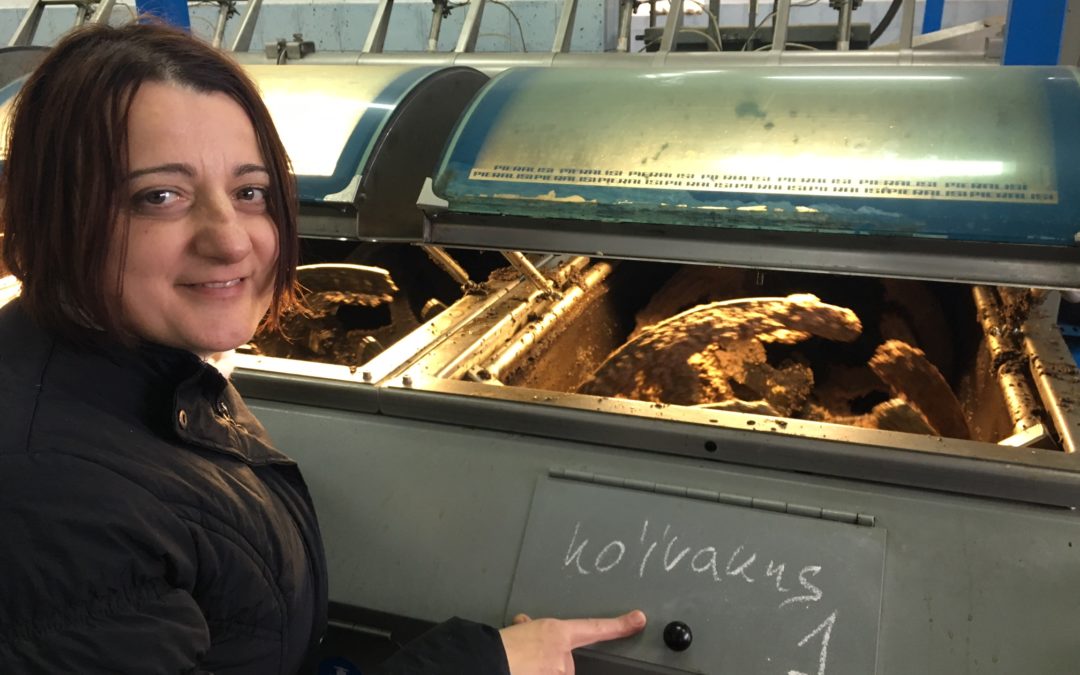You might have noticed the term cold pressed on the label of your extra virgin olive oil bottle and we often see consumers browsing the shelves looking for these words but what exactly does cold pressing and cold pressed olive oil mean?
The cold pressing process allows the juice to be pressed from fruit without affecting the nutrients and flavour. It uses a hydraulic press to extract the juice from olives as opposed to other methods such as centrifugal presses. The hydraulic press applies pressure to the fruit and as it is squeezed, the juice is extracted. This is the optimum method to preserve the nutrients and goodness in the olives. A centrifugal press on the other hand uses a fast spinning metal blade which separates the juice from a fruits flesh via centrifugal force. The juice and pulp are then separated into different containers. The problem with centrifugal presses is that the fast-spinning metal blade generates heat, which destroys some nutrients in the fruit and vegetables in the process.
Cold pressing for olive oil is regulated and must take place at below 27 degrees. Although here in Britain, we tend to consume olives and olive oil in greater quantities in summer months, olives are actually a winter fruit and their ripening and harvesting takes place from November to December, when the natural ambient temperature will be below 27 degrees. The first cold pressing means that extra virgin olive oil has absolutely no heat treatment and is suitable for people on a raw food diet.
By choosing cold pressed olive oil you are ensuring the oil has optimum nutritional value and flavour. Whether you’re drizzling it over salads or mixing it into a salad dressing, using it as a marinade or adding it at the end of the cooking process, you get to enjoy all the benefits of this versatile and very special oil.

